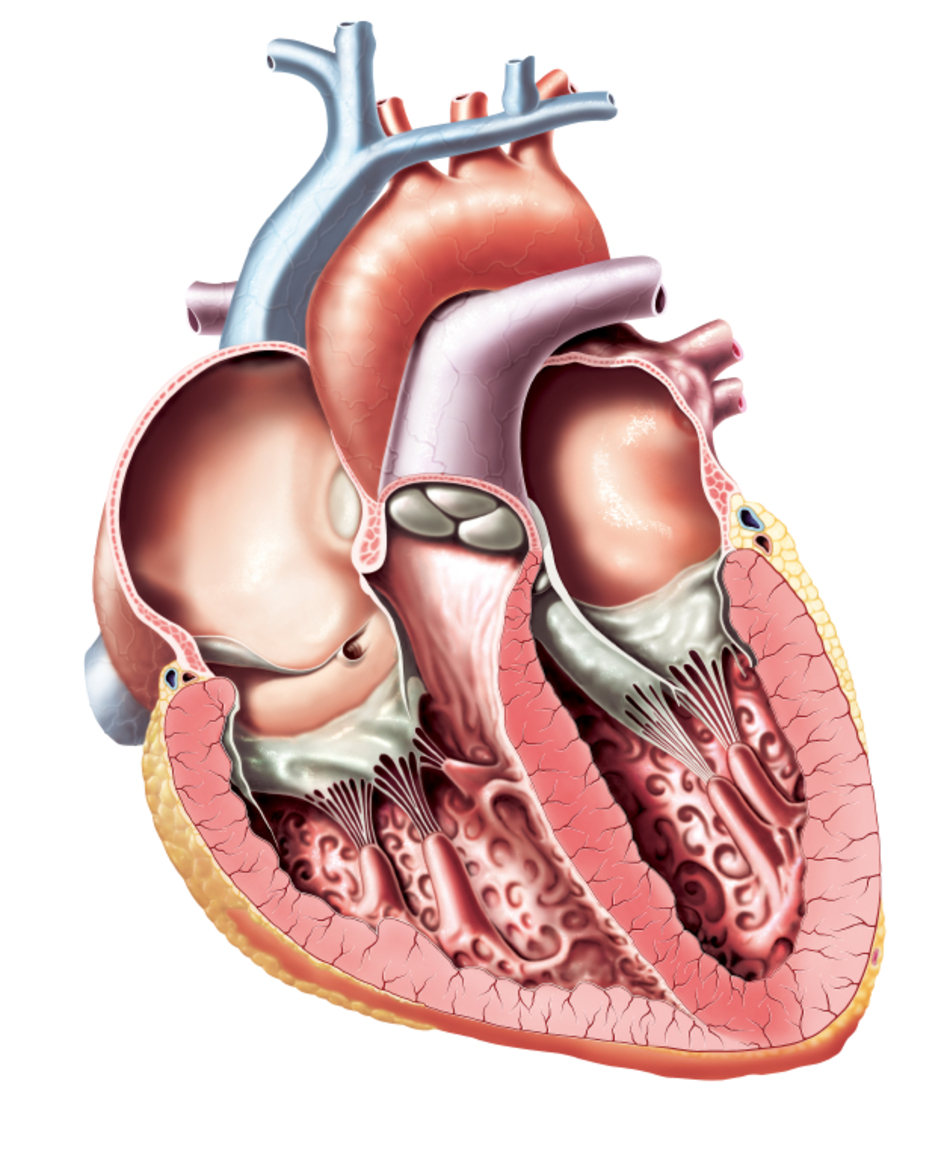
Dr. Miller: Your heart murmur turns out to be aortic stenosis. What do you do about that? Hi, I'm here with Dr. Jim Fang. He is the chief of the division of cardiology and also the executive medical director of the cardiovascular service line here at the University of Utah.
Jim let's say that you have a heart murmur or a patient has a heart murmur, and their physician sends them for an echocardiogram, which looks at the way the heart pumps and that report comes back that you have aortic stenosis. What is aortic stenosis and what does that mean to the patient?
What Is Aortic Stenosis?
Dr. Fang: Aortic stenosis is a condition in which there is a narrowing of the heart valve. So the human heart has four one-way valves, so every time the heart squeezes blood goes forward but doesn't come backwards. A normal aortic valve is about the size of a quarter. A narrowed heart valve is probably the size of a dime or smaller.
Dr. Miller: What would they notice if they were having problems from aortic stenosis? I think most patients with a murmur that are diagnosed as having aortic stenosis don't think that they have any problem.
Dr: Fang: Well, the most important history to obtain from a patient when they have aortic stenosis is whether they're having any functional difficulties. What I mean by that is, are they having trouble with shortness of breath? Are they having discomfort in the chest? Are they getting light-headed and dizzy? Have they passed out? Are they feeling fatigued?
Dr. Miller: Especially if they exercise, I guess, right?
Dr. Fang: Most of these symptoms would be elicited during exertion, correct.
Dr. Miller: In this day and age, are most cases of aortic stenosis diagnosed at a time when patients really don't have symptoms?
Aortic Stenosis & Age
Dr. Fang: Great question. So aortic stenosis is in general a condition of older people and as a condition of older people, we do often pick up murmurs in the older age because most of these patients have been seen before. It's relatively unusual to see a patient for the first time in health care at the age of 80.
Dr. Miller: Do patients with aortic stenosis invariably progress to critical aortic stenosis where they need some type of intervention?
Dr. Fang: All patients with aortic stenosis will progress. The only question is at the rate at which it will progress. Some patients progress very slowly, other patients progress very rapidly and this is why we advocate close follow up.
Dr. Miller: Jim, do all patients with aortic stenosis ultimately need surgery to repair or replace the valve?
Aortic Valve Surgery
Dr. Fang: Well, the only definitive way to treat this problem is to either replace it surgically or with the use of catheters. But this is still part of the art of medicine because some patients will not be appropriate candidates for either of these procedures.
updated: June 3, 2020
originally published: October 6, 2015
Aortic Disease Treatment from the Aortic Disease Program
We deliver a collaborative approach to aortic care that ensures every patient journey, from the first appointment to rehabilitation, is expertly managed.



